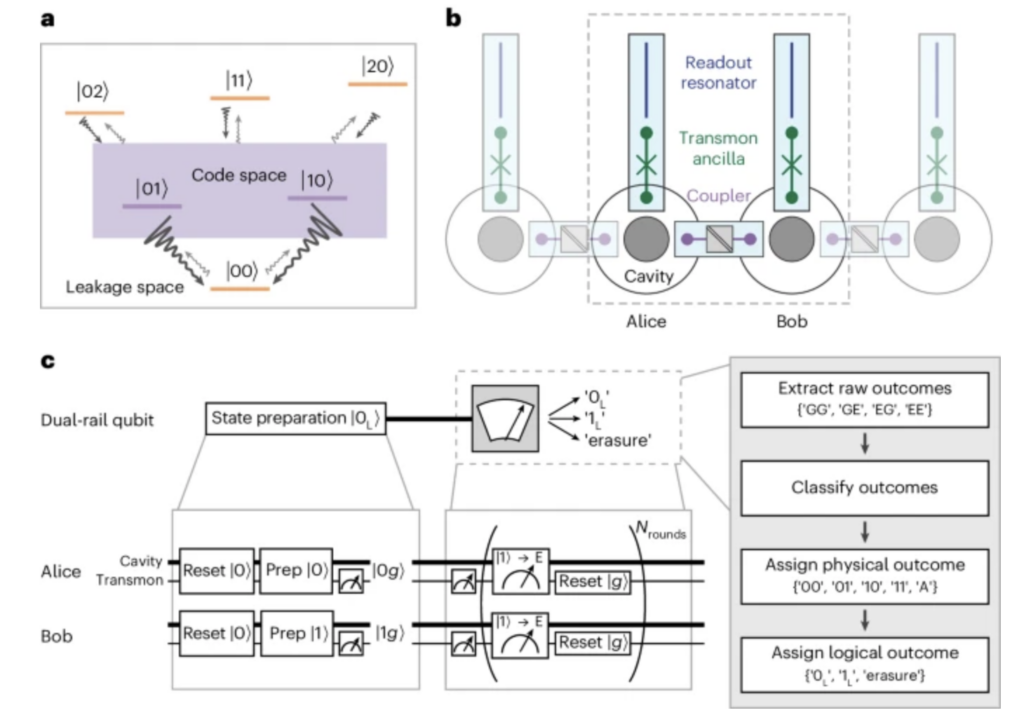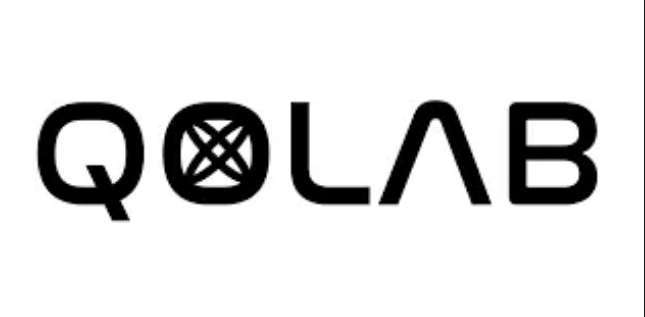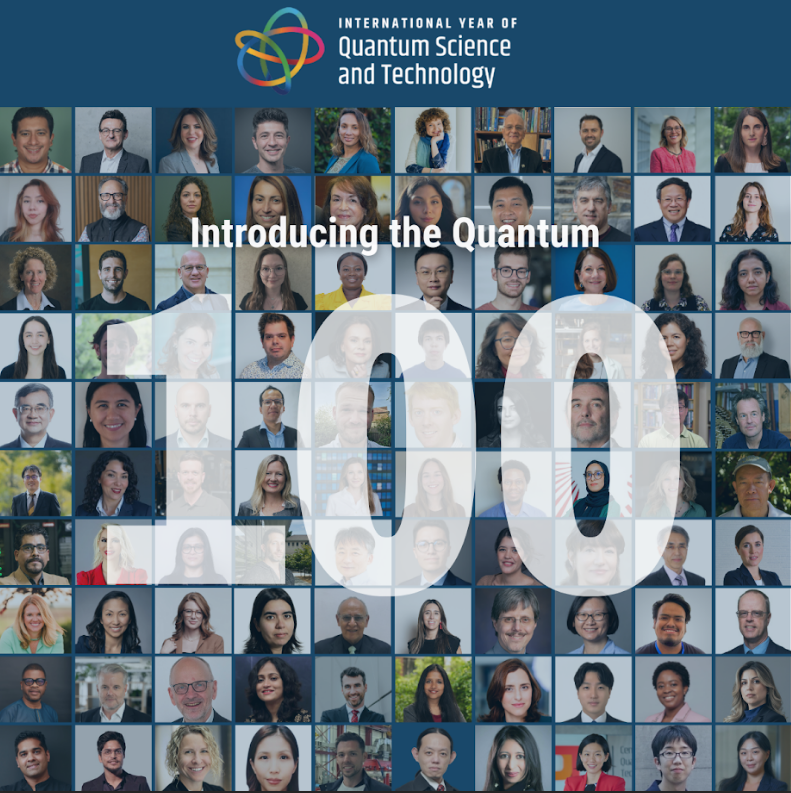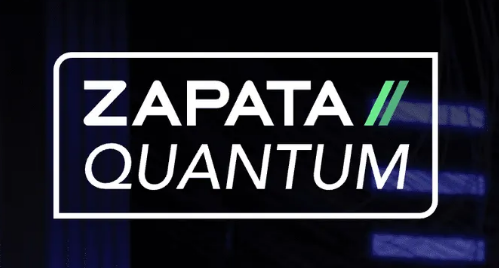Insider Brief
- Researchers report they developed a novel qubit that significantly improves error detection and correction.
- The research team includes scientists from Quantum Circuits Inc. and Yale Quantum Institute at Yale University.
- The team published their findings in Nature Physics.
Researchers report they developed a novel qubit that significantly improves error detection and correction, which they say could one day lead to more reliable and scalable quantum computers.
In a recently published study in Nature Physics, the research team, which includes scientists from Quantum Circuits Inc. and Yale Quantum Institute at Yale University, outlined their implementation of the dual-rail qubit (DRQ), which incorporates built-in error detection capabilities

In a company blog post, the researchers write that they hope the development can accelerate the journey to practical and scalable quantum computing by addressing one of the field’s — if not THE field’s — most persistent challenges: error correction.
“By using error detection, we deliver industry-leading performance across a range of key metrics essential for scalable quantum computing, including state preparation and measurement (SPAM) and qubit coherence,” they write. “The Quantum Circuits Dual-Rail Qubit approach paves the way for a resource-efficient path to error correction and novel approaches to exploring error-detected quantum algorithms.”
Innovative Dual-Rail Qubit Design
The concept of dual-rail encoding is not new, but the team writes that this approach significantly enhances dual-rail’s potential by minimizing physical sources of noise and maintaining high control levels. The DRQ is constructed using two high-performing resonators — devices that oscillate at specific frequencies and store energy — that encode a bit of quantum information as a single photon shared between them. This design enables the DRQ to function as a conventional qubit while adding the crucial capability of detecting dominant errors without being weighed down by the need for a more complex system involving numerous additional qubits.
“Quantum Circuit’s DRQ carries out all the functions of a conventional qubit but adds a key capability – it has built-in error detection,” explains the team in the post. “For many physical systems, errors are not detectable without full error correction and the overhead of a more complex system with many additional qubits. For our DRQ, the situation is different. We designed a method to detect the most dominant errors.”

Record Performance Metrics
The study and post highlights several key metrics where the DRQ outperforms traditional superconducting qubits. The researchers report achieving state preparation and measurement — or SPAM — fidelities at the 99.99% level, an improvement of about two orders of magnitude over standard superconducting devices. This high level of fidelity is achieved by employing error detection, which allows for the accurate detection of dominant errors at least 99% of the time.
The team points out that the DRQ demonstrates impressive coherence properties. Phase errors in the DRQ occur approximately 30 times slower than in typical superconducting qubits, occurring about once every three milliseconds compared to every 100 microseconds for standard transmons.
So, what might this mean for real-world quantum computing?
Imagine you are trying to keep a top spinning perfectly upright. For typical superconducting qubits (standard transmons), it’s like having to correct the top’s wobble every 100 microseconds, which is very frequent and challenging. For the DRQ, however, it’s like having to correct the top’s wobble only once every three milliseconds. That, the team suggests, is more manageable.
Essentially, the slower phase errors means greater stability and coherence time for the qubits, leading — potentially — to more accurate quantum computations, as the qubits can maintain their quantum state longer without errors disrupting the process.
The team also added that bit-flip errors occur about 1,000 times slower, approximately once every tenth of a second. These results indicate that the DRQ is a significantly more stable and reliable qubit, which is critical for advancing quantum computing technologies.
Advantages and Implications
Overall, the improvements in these performance metrics offer several significant advantages for quantum computing, according to researchers. The could potentially enhance the performance of near-term quantum algorithms by providing more reliable and precise qubit operations. The ability to detect and correct errors in the DRQ reduces the resources needed for practical error correction, making the performance requirements more forgiving.
This all adds up to progress toward developing scalable, fault-tolerant quantum computers, according to the scientists.
“The detection of errors in Quantum Circuits’ dual-rail approach lowers the hurdles to practical error correction. Fewer resources are needed, and the performance requirements are more forgiving,” the researchers report. “These advancements pave the way for a faster path to fault tolerance and a shorter timeline to useful quantum computations – the ultimate goal for the field.”
Limitations and Challenges
As with all research, certain limitations and challenges may need to be addressed. One major challenge is the integration of the DRQ into larger quantum systems. While the DRQ shows remarkable performance on an individual level, scaling this technology to work cohesively within a large quantum computing architecture requires further refinement.
Additionally, the detection of errors, while highly effective, is not yet perfect. False positives in error detection can introduce inefficiencies, and the team is working on minimizing these occurrences through hardware and algorithmic improvements. The physical phenomena underlying dephasing and other minor errors also may require more detailed analysis to fully understand and mitigate their effects.
Implementing DRQ in practical applications may require further advances in the surrounding quantum infrastructure, such as control electronics and error correction codes. These components must evolve in tandem with qubit technology to realize the full potential of the DRQ.
Future Prospects and Applications
The journey to fault-tolerant quantum computing is far from over, but with innovations like the DRQ, the scientists are enthusiastic about the path becoming clearer and the destination being more attainable. They will continue to explore various ways to leverage error detection to boost the performance of near-term quantum algorithms.
“We are excited to explore different ways that error detection can be leveraged to boost near-term algorithms with our error-aware approach to quantum programming,” they write “This includes advanced real-time control features and managing errors with a novel toolbox of software and hardware features. This work highlights a central tenet for how we approach quantum computing. Our philosophy is two-fold: Make different and better qubits and handle their errors first, then scale efficiently to build fault-tolerant, error-corrected computers. Our recent results prove we are on our way.”
For a more comprehensive look at the study and detailed findings, readers are encouraged to refer to the original publication in Nature Physics.

















